Polar Coordinates
Introduction to polar coordinates
Polar coordinates are a way of representing points in a plane using a distance from a fixed point (the pole or origin) and an angle from a fixed direction (the polar axis or positive x-axis).
Representation of points
A point in polar coordinates is represented as (r, θ), where r is the distance from the origin to the point, and θ is the angle measured in radians from the polar axis to the line segment connecting the origin and the point.
Conversion between polar and rectangular coordinates
To convert from polar coordinates to rectangular coordinates, you can use the following equations:
x = r * cos(θ)
y = r * sin(θ)
where (x, y) are the rectangular coordinates and (r, θ) are the polar coordinates.
To convert from rectangular coordinates to polar coordinates, you can use the following equations:
r = √(x^2 + y^2)
θ = arctan(y / x)
where (x, y) are the rectangular coordinates and (r, θ) are the polar coordinates.
Graphing equations in polar coordinates
Equations in polar coordinates often involve the use of θ. For example, the equation r = a represents a circle centered at the origin with radius a, and the equation θ = k represents a line at angle k from the polar axis.
Study Guide
Here are some key points to remember when working with polar coordinates:
- Understand the concept of distance and angle in polar coordinates.
- Be familiar with the conversion equations between polar and rectangular coordinates.
- Practice graphing equations in polar coordinates, including circles, lines, and other curves.
- Work on problems involving the conversion between polar and rectangular coordinates.
- Explore real-world applications of polar coordinates, such as navigation and astronomy.
◂Math Worksheets and Study Guides Eighth Grade. Three dimensional geometry/Measurement
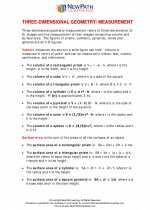
 Worksheet/Answer key
Worksheet/Answer key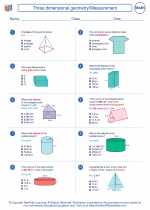
 Worksheet/Answer key
Worksheet/Answer key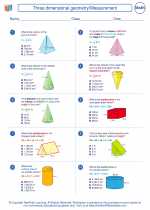
 Worksheet/Answer key
Worksheet/Answer key
 Worksheet/Answer key
Worksheet/Answer key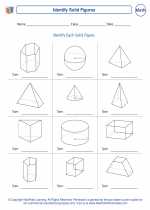
 Worksheet/Answer key
Worksheet/Answer key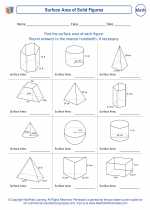
 Worksheet/Answer key
Worksheet/Answer key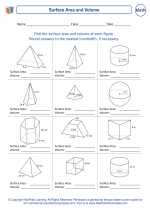
 Worksheet/Answer key
Worksheet/Answer key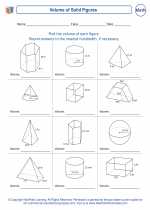
 Worksheet/Answer key
Worksheet/Answer key
 Worksheet/Answer key
Worksheet/Answer key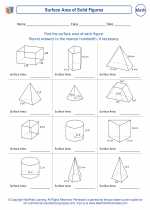
 Worksheet/Answer key
Worksheet/Answer key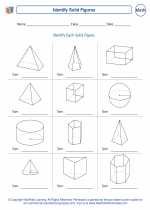
 Worksheet/Answer key
Worksheet/Answer key
